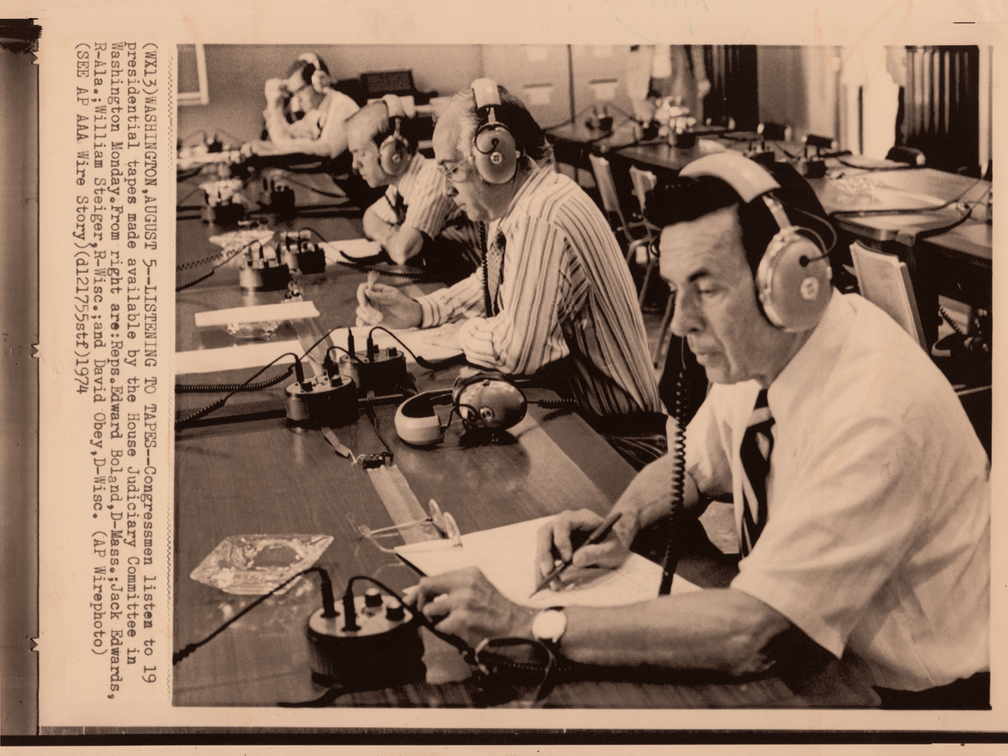Event/s

Eavesdropping: Susan Schuppli and Sam Kidel
Sat, 04. Aug 2018
###Susan Schuppli: Material Witnesses
The material witness — an entity (object or unit) whose physical properties or technical configuration records evidence of passing events to which it can bear witness. Whether these events register as a by-product of an unintentional encounter or as an expression of direct action, history and by extension politics is registered at these junctures of ontological intensity. Moreover, in disclosing these encoded events, the material witness makes ‘evident’ the very conditions and practices that convert such eventful materials into matters of evidence.
SUSAN SCHUPPLI is a Canadian artist, researcher and audio-investigator currently associated with the London-based research agency Forensic Architecture. Over the last twenty years, Schuppli has returned again and again to the theme of eavesdropping, with a particular concern for the material history and politics of audio-tape and the telephone.
###Sam Kidel: Customer Service Agent
Where do you hear my voice? Do you hear it in the bone behind your ear? Does it radiate from your chest, towards your shoulders and beyond your body? Sometimes when I hear a voice over the phone, it vibrates from the speaker at my ear, down the bone to the back of my neck, and sits there, humming, behind my vocal cords.
Customer Service Agent is a sound performance piece exploring the call centre worker as a figure of subjection to contemporary capitalism, and the place of noise, intimacy, and fantasy in this tedious, alienated work.
“Since working in call centres for a decade, I have been making art that explores this setting through sound. Call centres are places of constant eavesdropping: the workers listen to the callers, the team leaders listen to the workers, the managers listen to all. While centres collect and transmit certain types of ‘signal’, I’m interested in ‘noise’: the intimacy of words and sounds off-script, disintegrating hold music played through imprecise telephone lines, and disruption.”
SAM KIDEL is a British artist, musician and researcher. His 2016 album Disruptive Muzak (Death of Rave) was described by Boomkat as ‘a modern ambient masterpiece… the most prescient record of our times’.